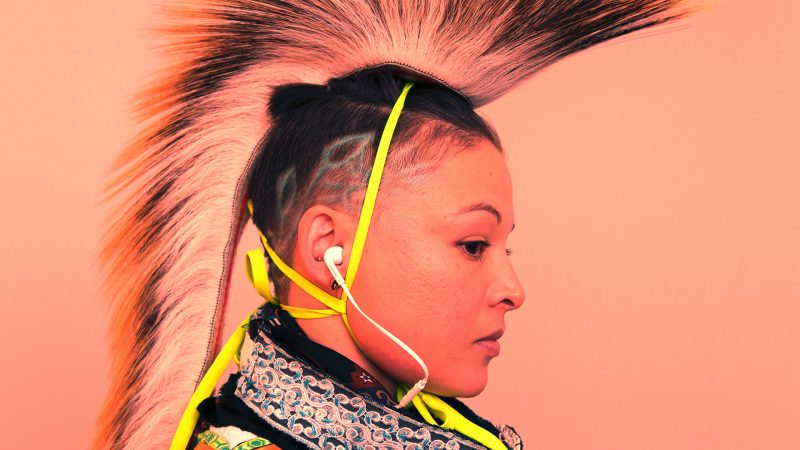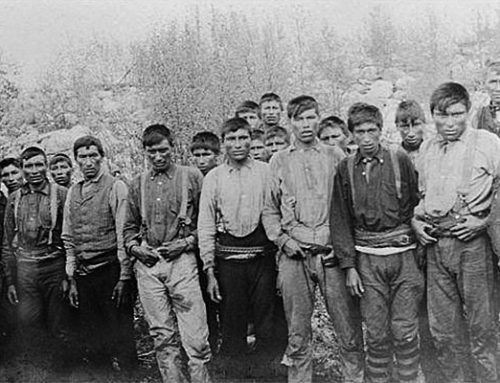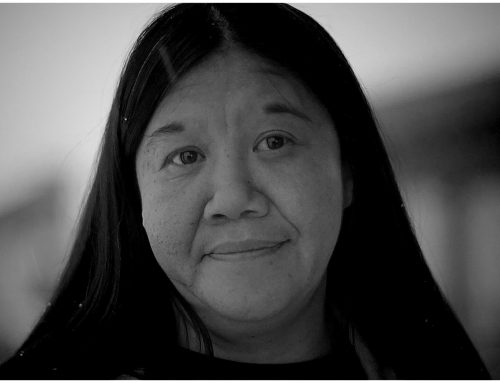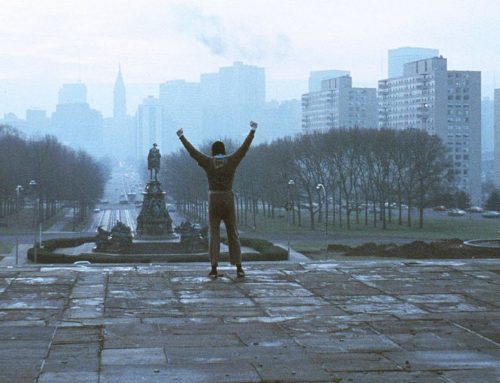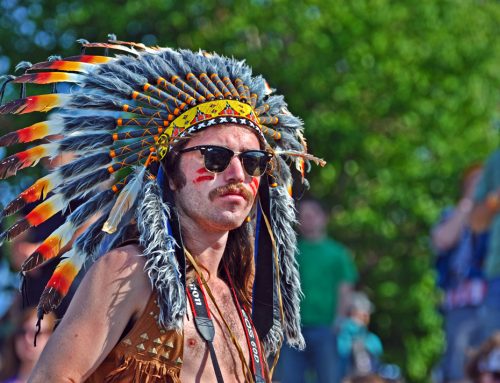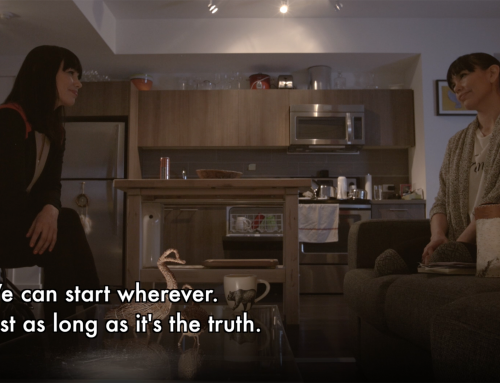By Lisa Charleyboy
One topic that is near and dear to my heart, is that of creating space for recognition and understanding of the LGBTQ2 community. For UNGTV episode five ‘Two-Spirit Gender’ I handed over the reins to Métis writer Cole Alvis who sought out to explore identity and identification in the Indigenous community.
“The term two-spirited cannot be used to refer to an individual who is just gay. I don’t believe that the term two-spirited is a term that should be used to generalize the people.”
~ EJ Kwandibens
There is a misconception about what “two-spirited” means within the Indigenous community, and beyond. As Cole pointed out during his interview with Cellist Cris Derksen, this term was adopted in the mid-eighties and thus can’t be used to explain any Indigenous person that identifies as a part of the LGBTQ2 community. Each individual creates their own space for identification, and deciding what’s comfortable for them.
“I am more comfortable currently saying queer, because I’m not sure if I’m going to be wearing a blanket that is too big for me.”
~ Cris Derksen
This episode brings forth a lot of voices including Professor Niigaan Sinclair, Miino-ayah-dah Cultural Studio Founder EJ Kwandibens, Dr. Evan Adams, Traditional Dancer Theola Ross, Filmmaker Alexus Young, and Artist Nicole Tanguay.
“I like the idea that we can choose one or the other, and we can move fluidly depending on the circumstance.”
~ Evan Adams
There are many thought provoking moments in this episode, and each time I watch it, I come away with another understanding. It’s so important for creating space for conversations to erupt, and views to be shared so we can all learn from each other, and enlighten our own lives with education.
50% of LGBT youth report negative responses when their sexual identity is revealed to their parents, up to half of these youth experience physical violence at the hands of family members. 25% of LGBT youth whose parents react negatively to their child’s sexual identity are disowned and forced to leave home.
The startling stats have also made me question how much these issues might be ignored when looking at the suicide rates of Indigenous youth in northern communities. How are these conversations fostered? Is there support for those who need a safe way to communicate their feelings, and explore their thoughts? I don’t have those answers, but I am now curious to dig deeper. I hope you found this episode as enlightening as I have.


